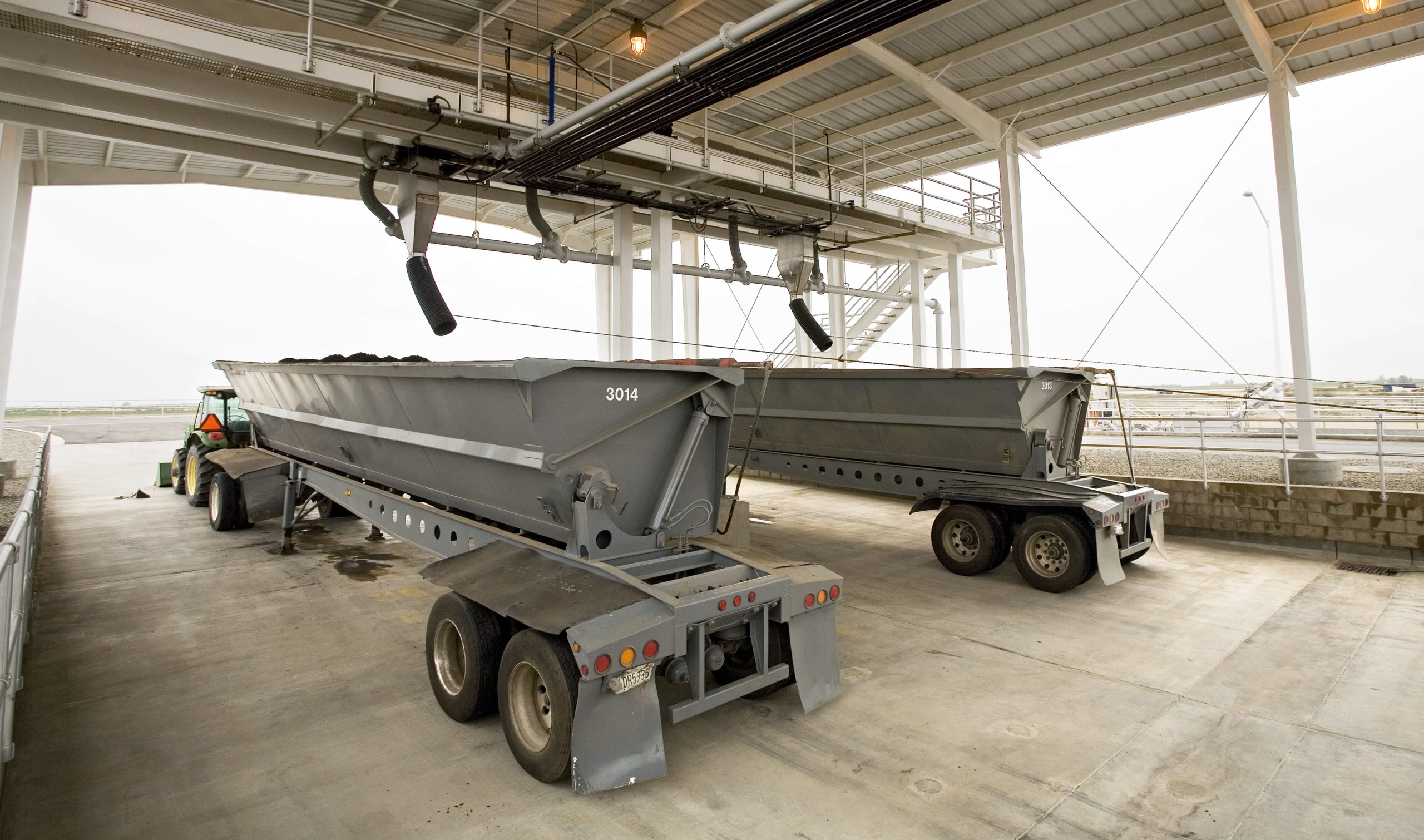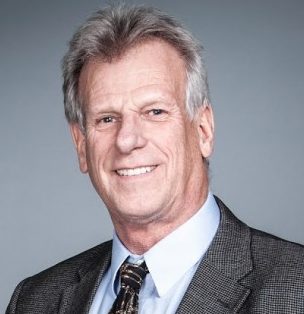Coverage of biosolids and co-digestion supported by Anaergia


Greg Kester, Director of Renewable Resource Programs CASA
We talked with Greg Kester, CASA’s Director of Renewable Resource Programs, about State mandates to recover high-strength organics and biosolids and divert them from landfills. Despite the challenges and long list of regulators, Greg is hopeful we’re entering a brave new world where wastewater treatment plants are California’s preferred place for recovering ‘waste.’
WHAT IS SB 1383 AND WHAT ARE THE MAIN REGULATIONS?
SB 1383 passed the California Legislature in 2016 and has a number of provisions that impact the wastewater sector. One of the main objectives is to reduce methane emissions by 2030 by 40% using 2013 as a baseline.
In order to achieve that, they’re requiring a 75% diversion of organics away from landfills by 2025 using 2014 as a baseline. Biosolids are included in their definition of organics. So, this means biosolids, of which roughly 15% of those managed in the state, have historically been used as alternative daily cover (ADF) and have qualified as a beneficial reuse, are now considered disposal under SB 1383.
HOW ARE REGULATORS IMPLEMENTING THE RULES?
CalRecycle is the agency tasked with developing regulations. It began almost immediately working with stakeholders such as CASA. Formal rulemaking began in January 2019 and it submitted its final regulatory package in January of this year.
The effective date is January 1, 2022. Each jurisdiction, a city or county, must enter into franchise agreements with either private or public waste haulers to ensure organics are picked up and recycled.
Enforcement to ensure such agreements begins in 2022. Local jurisdictions can begin enforcement in 2024, which means they can enforce against franchisees who are not meeting the obligations in their contracts.
By January 1, 2025, we need to have compliance with the 75% diversion of organics.
WHAT IS THE IMPACT ON OUR SECTOR?
There are a number of them. One of the things we stressed to CalRecycle and other regulators was the wastewater sector could be collaborative partners in achieving the goals through co-digestion using our digesters and/or co-composting green waste diverted from landfills.
In order to do that, CASA’s member agencies need assurance there are markets for the biogas and biosolids produced. CalRecycle did make strides in incentivizing the market.
This includes:
Note that in order for products to be eligible, the WRRF cannot be sending more than 25% of its biosolids to the landfill. That’s the rule.
CASA is disappointed that for the biogas, the only gas eligible is from the diverted organic feedstock, not from the sludge itself. We think this is an unnecessary complication.
In addition, we have five agencies in the state who utilize surface disposal, or dedicated land disposal sites and one incinerator. Those are now considered landfill disposal even though they don’t go to a landfill.
While 95% to 98% of biosolids in California are either anaerobically digested and/or composted, there are smaller plants, particularly in the Central Valley for instance, that do not do either. They will now be considered as disposed in a landfill even if they don’t go to a landfill. That’s something to be aware of.
DO YOU HAVE CONFIDENCE WE’LL BE READY BY 2025 OR COULD WRRFS FACE FINES?
All California counties are opened up for land application under these regulations, so we think that’s a much more viable alternative. There’s plenty of farmland in the state that can benefit from biosolids.
We don’t anticipate any POTW wastewater reclamation facility would be subject to fines. This is a statewide goal to divert 75% of organics. If we don’t make that goal, then CalRecyle will need to come up with alternatives.
RESOURCE RECOVERY IS THE WASTEWATER SECTOR COMPETING WITH THE SOLID WASTE SECTOR TO SET-UP CO-DIGESTION SYSTEMS?
I think there is a need for both public-private and public-public partnerships between the wastewater sector and the solid waste sector. We have several of them already. For example, the Los Angeles County Sanitation Districts and Waste Management have a strong partnership that is now scaling up. East Bay MUD has long been a leader in co-digestion, as well as the partnership between Central Marin Sanitary Agency and Marin Sanitary Services, and others.
We expect partnerships will increase as time goes on. The wastewater and solid waste sectors will necessarily forge collaborative partnerships. The two universes haven’t often intersected. Going forward, they’ll work together.
Contact Greg Kester at [email protected].